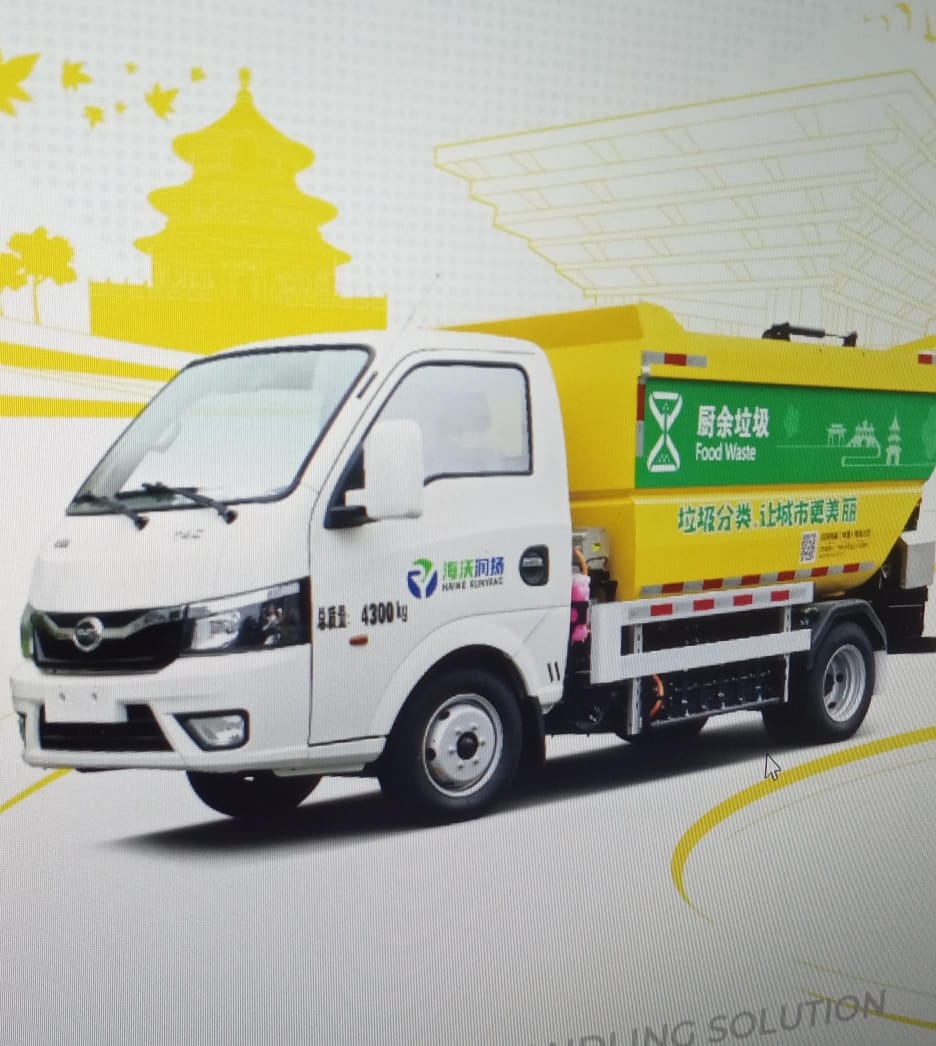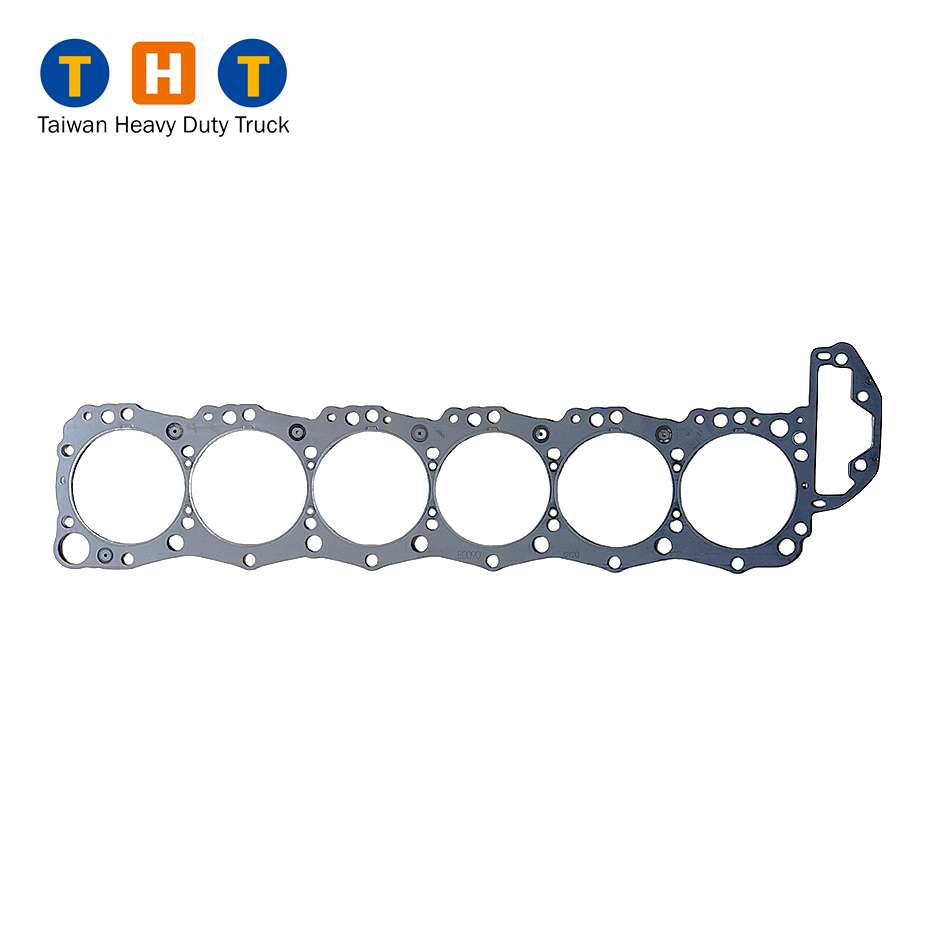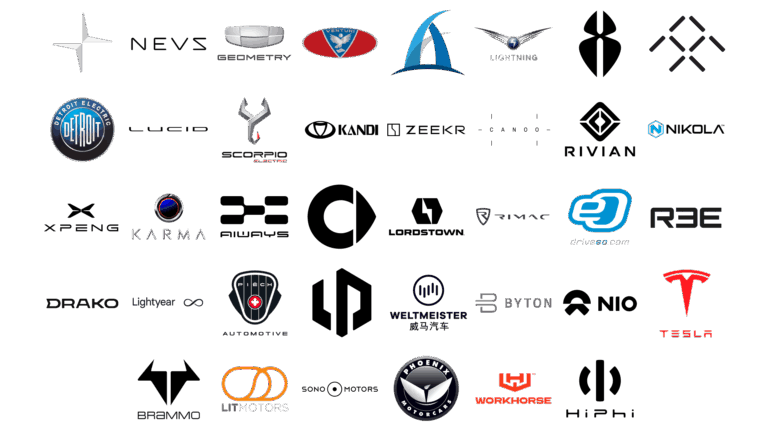Parts Of A Truck Motor: An In-Depth Guide to the Heart of Your Heavy-Duty Vehicle
Parts Of A Truck Motor: An In-Depth Guide to the Heart of Your Heavy-Duty Vehicle cars.truckstrend.com
The roar of a truck engine, the sheer power it generates to move tons of cargo across continents, is a testament to sophisticated engineering. At the core of every truck’s capability lies its motor, a complex assembly of interconnected parts working in precise harmony. Understanding the "Parts Of A Truck Motor" isn’t just for mechanics; it’s crucial for truck owners, operators, and enthusiasts alike to appreciate the marvel of these machines, ensure their longevity, and diagnose potential issues effectively. This comprehensive guide will dissect the truck motor, revealing its vital components and offering insights into their function and maintenance.
The Foundation: Engine Block and Crankshaft Assembly
Parts Of A Truck Motor: An In-Depth Guide to the Heart of Your Heavy-Duty Vehicle
The engine block is the literal and figurative foundation of the truck motor. Often cast from robust materials like cast iron or aluminum, it houses the cylinders where combustion occurs and provides mounting points for virtually every other engine component.
- Engine Block: This heavy-duty casting contains the cylinders, which are precisely bored holes where pistons move. It also incorporates passages for coolant and oil. Its rigidity is paramount for maintaining the alignment and integrity of the internal components under immense stress.
- Crankshaft: This is the backbone of the engine’s power delivery. Located at the bottom of the engine block, the crankshaft converts the linear (up-and-down) motion of the pistons into rotational motion. This rotational energy is then transferred to the transmission and ultimately to the wheels. It’s a precisely balanced component, often with counterweights, to ensure smooth operation.
- Pistons: These cylindrical components move up and down within the cylinders, driven by the expanding gases from combustion. Pistons are fitted with rings that seal against the cylinder walls, preventing combustion gases from escaping and controlling oil consumption.
- Connecting Rods: These sturdy links connect each piston to the crankshaft. They transmit the force generated by the piston’s downward stroke to the crankshaft, transforming the linear motion into rotational energy.
- Main Bearings & Rod Bearings: These crucial components reduce friction between the crankshaft and the engine block (main bearings) and between the connecting rods and the crankshaft (rod bearings). They are typically made of soft, anti-friction alloys and require constant lubrication from the engine oil. Their failure can lead to catastrophic engine damage.

The Breath of Life: Cylinder Head and Valve Train
Perched atop the engine block, the cylinder head is where air and fuel enter, combustion occurs, and exhaust gases exit. It’s a complex casting that plays a direct role in the engine’s breathing and efficiency.
- Cylinder Head: This component forms the top of the combustion chamber. It contains the intake and exhaust valves, spark plugs (in gasoline engines, though rare in heavy trucks) or injector nozzles (in diesel engines), and passages for coolant and oil. The design of the intake and exhaust ports within the cylinder head significantly impacts airflow and engine performance.
- Valves (Intake & Exhaust): These precisely timed components open and close to control the flow of air-fuel mixture into the cylinders (intake valves) and exhaust gases out of the cylinders (exhaust valves). They must create a perfect seal when closed to maintain compression.
- Camshaft: This rotating shaft, typically located within the engine block or cylinder head, has lobes that push against components of the valve train. As the camshaft rotates, these lobes lift the valves at specific times, ensuring proper engine timing.
- Rocker Arms, Pushrods, and Lifters: These components form the "valve train" that transmits the motion from the camshaft to the valves. Lifters (or tappets) ride on the camshaft lobes, pushrods transfer this motion upwards (in pushrod engines), and rocker arms pivot to depress the valve stems, opening the valves.

Fueling the Beast: Fuel System Components
The fuel system is responsible for storing, filtering, and delivering the correct amount of fuel to the engine’s combustion chambers. In modern trucks, this is a highly precise and often electronically controlled process.

- Fuel Tank & Fuel Pump: The fuel tank stores the diesel fuel. The fuel pump (often an electric lift pump and a high-pressure injection pump in diesels) draws fuel from the tank and delivers it under pressure to the injectors.
- Fuel Filters: Crucial for preventing contaminants from reaching the sensitive fuel injectors and other fuel system components. Truck engines typically have multiple fuel filters, including primary and secondary filters.
- Fuel Injectors: These precision devices atomize the fuel into a fine mist and spray it directly into the combustion chamber (direct injection) or into a pre-combustion chamber. In modern diesel trucks, common rail direct injection systems use extremely high pressures for efficient combustion.
- Turbocharger/Supercharger: Many truck engines are turbocharged. A turbocharger uses exhaust gases to spin a turbine, which in turn spins a compressor, forcing more air into the engine. This "forced induction" significantly increases power and efficiency, especially at higher altitudes. Superchargers achieve a similar effect but are mechanically driven by the engine.
Keeping Things Cool and Lubricated: Cooling and Lubrication Systems
Heat and friction are the enemies of an engine. The cooling and lubrication systems work tirelessly to manage these challenges, ensuring the engine operates within optimal temperature ranges and preventing premature wear.
- Lubrication System:
- Oil Pan: Stores the engine oil.
- Oil Pump: Circulates oil under pressure throughout the engine, lubricating moving parts like bearings, camshafts, and cylinder walls.
- Oil Filter: Removes contaminants and debris from the engine oil, preventing wear and prolonging engine life.
- Cooling System:
- Radiator: A heat exchanger that dissipates heat from the engine coolant to the ambient air.
- Water Pump: Circulates coolant throughout the engine block and cylinder head, absorbing excess heat.
- Thermostat: Regulates engine temperature by controlling the flow of coolant to the radiator. It ensures the engine reaches and maintains its optimal operating temperature quickly.
- Coolant Hoses: Connect various components of the cooling system, allowing coolant to circulate.
The Spark (or Glow): Electrical and Ignition Systems
While heavy-duty trucks predominantly use diesel engines (which don’t use spark plugs for ignition), they still rely heavily on electrical components for starting, charging, and control.
- Battery: Provides the initial electrical power to start the engine and powers accessories when the engine is off.
- Alternator: Once the engine is running, the alternator generates electrical power to recharge the battery and power all the truck’s electrical systems.
- Starter Motor: A powerful electric motor that engages with the engine’s flywheel to crank and start the engine.
- Glow Plugs (Diesel): In diesel engines, glow plugs heat the combustion chamber to aid cold starting, especially in colder climates.
- Sensors: A myriad of sensors (temperature, pressure, oxygen, crank position, etc.) monitor engine performance and environmental conditions, sending data to the Engine Control Unit (ECU).
- Engine Control Unit (ECU): The "brain" of the modern truck motor. The ECU processes data from sensors and controls various engine parameters, including fuel injection timing, fuel quantity, turbocharger boost, and emissions systems, to optimize performance and efficiency.
Managing Emissions: The Exhaust System
Modern truck engines are equipped with sophisticated exhaust systems designed to reduce harmful emissions and meet stringent environmental regulations.
- Exhaust Manifold: Collects exhaust gases from the cylinders and directs them into the rest of the exhaust system.
- Diesel Particulate Filter (DPF): Traps soot and particulate matter from the exhaust gases. It periodically undergoes a "regeneration" process to burn off the accumulated soot.
- Selective Catalytic Reduction (SCR) System: Uses Diesel Exhaust Fluid (DEF) to convert nitrogen oxides (NOx) into harmless nitrogen and water vapor.
- Muffler: Reduces engine noise.
Practical Advice and Actionable Insights
Understanding the parts of a truck motor is the first step; maintaining them is critical for operational efficiency and avoiding costly breakdowns.
- Adhere to Maintenance Schedules: Follow the manufacturer’s recommended service intervals for oil changes, filter replacements (oil, fuel, air), and coolant flushes. This is the single most important action you can take.
- Use Quality Fluids and Parts: Always use the correct grade of engine oil, coolant, and genuine or OEM-quality replacement parts. Cheap alternatives can lead to accelerated wear and damage.
- Monitor Gauges and Warning Lights: Pay attention to oil pressure, coolant temperature, and any dashboard warning lights. Address anomalies immediately.
- Listen to Your Engine: Unusual noises (knocks, hisses, squeals) can be early indicators of a problem. Investigate them promptly.
- Regular Visual Inspections: Check for leaks (oil, coolant, fuel), worn belts, cracked hoses, and loose connections during pre-trip inspections.
- Professional Diagnostics: For complex issues, leverage professional mechanics with specialized diagnostic tools. Modern truck engines are highly computerized and require specific equipment to accurately troubleshoot.
Challenges and Solutions
Even with diligent maintenance, truck motors face challenges due to the extreme demands placed upon them.
- Challenge: Wear and Tear: Moving parts constantly rub against each other, leading to wear over time.
- Solution: Regular lubrication with clean oil, timely filter changes, and using high-quality parts can significantly extend component life.
- Challenge: Overheating: Can cause severe engine damage, including warped cylinder heads or cracked blocks.
- Solution: Maintain the cooling system (check coolant levels, inspect hoses, ensure the radiator is clean, test the thermostat and water pump). Address any signs of overheating immediately.
- Challenge: Fuel Contamination/Poor Quality Fuel: Can damage fuel injectors and pumps.
- Solution: Use reputable fuel sources, replace fuel filters as per schedule, and consider adding fuel additives specifically designed for diesel engines.
- Challenge: Electrical System Failures: Can prevent starting or cause erratic engine behavior.
- Solution: Regular checks of battery terminals, alternator output, and wiring harnesses. Professional diagnostics for sensor or ECU issues.
- Challenge: Emissions System Issues: DPF and SCR systems can clog or malfunction, leading to reduced power and costly repairs.
- Solution: Proper engine operation (avoid excessive idling), using the correct DEF fluid, and timely maintenance of these components.
Estimated Price Ranges for Key Truck Motor Components
Please note: Prices are highly variable based on engine make/model, new vs. reconditioned/used, brand (OEM vs. aftermarket), and labor costs. These are general estimates for reference.
| Component Category | Typical Price Range (USD) | Notes |
|---|---|---|
| Engine Block (Bare) | $2,000 – $10,000+ | Varies significantly by engine size, type, and whether new or rebuilt. |
| Cylinder Head (each) | $500 – $3,000+ | Price per head; some engines have two. Often sold bare or assembled. |
| Turbocharger | $800 – $4,000+ | Varies by size, boost level, and manufacturer. |
| Fuel Injector (each) | $150 – $600+ | Diesel injectors are precision components; high-pressure types are costly. |
| Water Pump | $100 – $500 | Crucial for cooling system circulation. |
| Alternator | $200 – $800 | Recharges battery and powers electrical systems. |
| Starter Motor | $150 – $700 | Engages flywheel to crank the engine. |
| Oil Pump | $80 – $300 | Circulates engine oil under pressure. |
| Radiator | $300 – $1,500+ | Size and material dependent (e.g., aluminum vs. copper). |
| Gasket Set (Full Engine) | $200 – $800 | Necessary for complete engine overhaul or major repairs. |
| Piston (each) | $50 – $250 | Varies by size, material, and ring type. |
| Crankshaft | $500 – $3,000+ | New or re-ground; precision balanced. |
| Engine Control Unit (ECU) | $500 – $3,000+ | The "brain" of the engine; often requires programming. |
Frequently Asked Questions (FAQ)
Q1: How often should I change the oil in my truck motor?
A1: This varies significantly based on the engine model, type of oil (conventional vs. synthetic), and operating conditions. Always refer to your truck’s owner’s manual or the engine manufacturer’s recommendations. Modern heavy-duty diesel engines often have extended oil change intervals, but regular checks are still vital.
Q2: What’s the difference between a DPF and an SCR system?
A2: A Diesel Particulate Filter (DPF) traps soot particles from the exhaust, which are then burned off during a regeneration process. A Selective Catalytic Reduction (SCR) system uses Diesel Exhaust Fluid (DEF) to convert harmful nitrogen oxides (NOx) into harmless nitrogen and water vapor. They work in conjunction to reduce emissions.
Q3: Can I use automotive engine oil in my truck motor?
A3: No. Truck diesel engines have different lubrication requirements than typical gasoline automotive engines. They operate under much higher pressures and temperatures and produce more soot. Always use engine oil specifically designed for heavy-duty diesel engines (e.g., oils meeting API CK-4 or FA-4 standards).
Q4: What are the signs of a failing turbocharger?
A4: Common signs include a loss of power, excessive blue or black smoke from the exhaust, a whining or high-pitched noise (like a siren) from the engine, or increased oil consumption.
Q5: How important are fuel filters in a truck motor?
A5: Extremely important. Diesel fuel quality can vary, and even small contaminants can severely damage sensitive components like fuel injectors and high-pressure fuel pumps. Regular replacement of fuel filters is essential for protecting your fuel system.
Q6: Why is my truck motor overheating?
A6: Overheating can be caused by various issues, including low coolant levels, a faulty thermostat, a failing water pump, a clogged radiator, a broken fan belt, or a blown head gasket. It requires immediate attention to prevent severe engine damage.
Conclusion
The truck motor is a marvel of mechanical and electronic engineering, designed to withstand immense stresses and deliver reliable power over hundreds of thousands of miles. From the foundational engine block and crankshaft to the sophisticated fuel injection and emissions systems, each part plays a crucial role in the engine’s overall performance and longevity. A thorough understanding of these components, coupled with diligent maintenance and prompt attention to any issues, is paramount for keeping these powerful machines running efficiently and safely on the road. Investing time in learning about your truck’s motor is an investment in its future, ensuring it remains the tireless workhorse you depend on.




